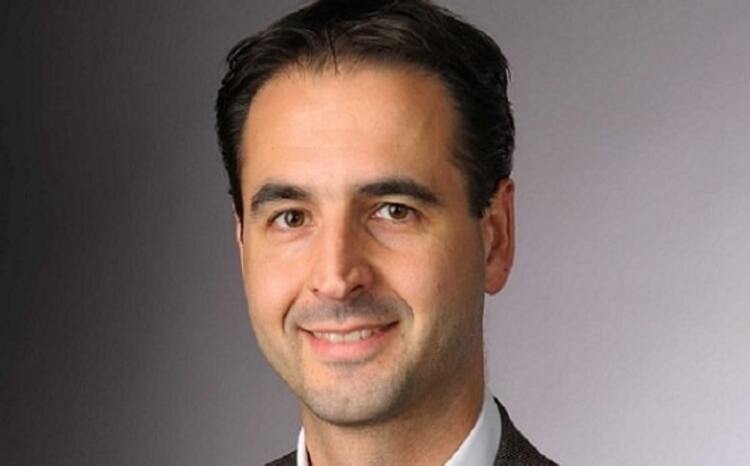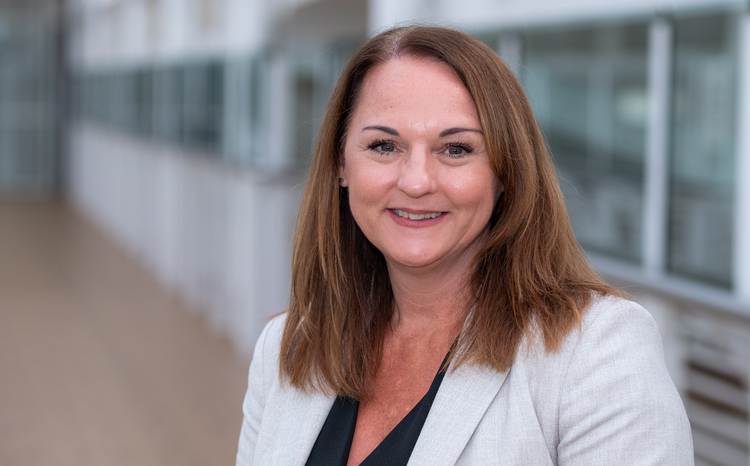Bournemouth e-discharges arrive by post
- 21 March 2012

Royal Bournemouth and Christchurch Hospitals NHS Foundation Trust has increased its completion of electronic discharge summaries from 10% to 99% over recent years, with 17 local practices now receiving summaries electronically.
However, issues with the ability of practices to receive these electronic documents means they are still being printed off and posted as well.
Associate director of service development Sandy Edington said the trust sent correspondence to between 40 and 50 practices.
A “long running pilot” means a group of 17 are getting the summaries electronically. Most of them use TPP SystmOne, which can receive documents directly and insert them into the workflow.
However, more than half of local practices use clinical system Emis LV. And those with Emis LV need Docman’s EDT Hub or a special bolt-on to enable them to receive letters electronically, Edington told eHealth Insider after speaking at a recent conference.
Edington told the Wessex LMCs IT conference he was working with practices to encourage them to switch to the electronic system and was slowing adding more practices to the list.
GPs did not want to receive the summaries via email and others did not want to receive electronic copies until the paper feed could be turned off, he said.
The trust would not stop sending paper versions until it had 70-80% of practices able to receive electronically, he added.
“It’s difficult for us to set ourselves a target for that because it’s not our decision whether a practice chooses to change or not. We are keen, obviously, that they do change and it’s becoming increasingly likely that they will.”
The trust still has a “few issues to sort out at our end”, Edington went on. “The IT system was not set-up originally with sending electronic messaging in mind.
“So the processes adopted to do that are probably more convoluted then you would otherwise expect and require more looking after then you would otherwise hope,” he said.
GPs can also log into a clinical viewer to see the electronic summary within 24 hours of a patient being discharged.
Trust clinical engagement lead Orna Lovelady said when she took on the role in 2008, only 10% of patients had an electronic discharge form completed. This has now increased to 99.2%, with only 3% not completed on the day of discharge.
Problems she had to tackle when she arrived included illegible, sometimes monosyllabic ,discharge summaries. Completing them was bottom of the list of priorities for junior staff.
There was also a strong resistance to change, as staff argued they did not have time to fill in the forms, she explained.
To make it easier, the forms were automatically populated with as much detail as possible such as patient details, GP practice and co-morbidities.
Lovelady also pushed for junior doctors to be given time to fill out the forms and more hardware was put on the wards to increase access to them.
She said feedback from GPs had been positive regarding the improvement in communication and the benefits of having a clear standardised format.
Almost 100% said that all the relevant information was included and electronic summaries arrived within 24 hours.
However, GPs are now sometimes getting three version of the same letter – one electronically and two via post – which is frustrating for them.




